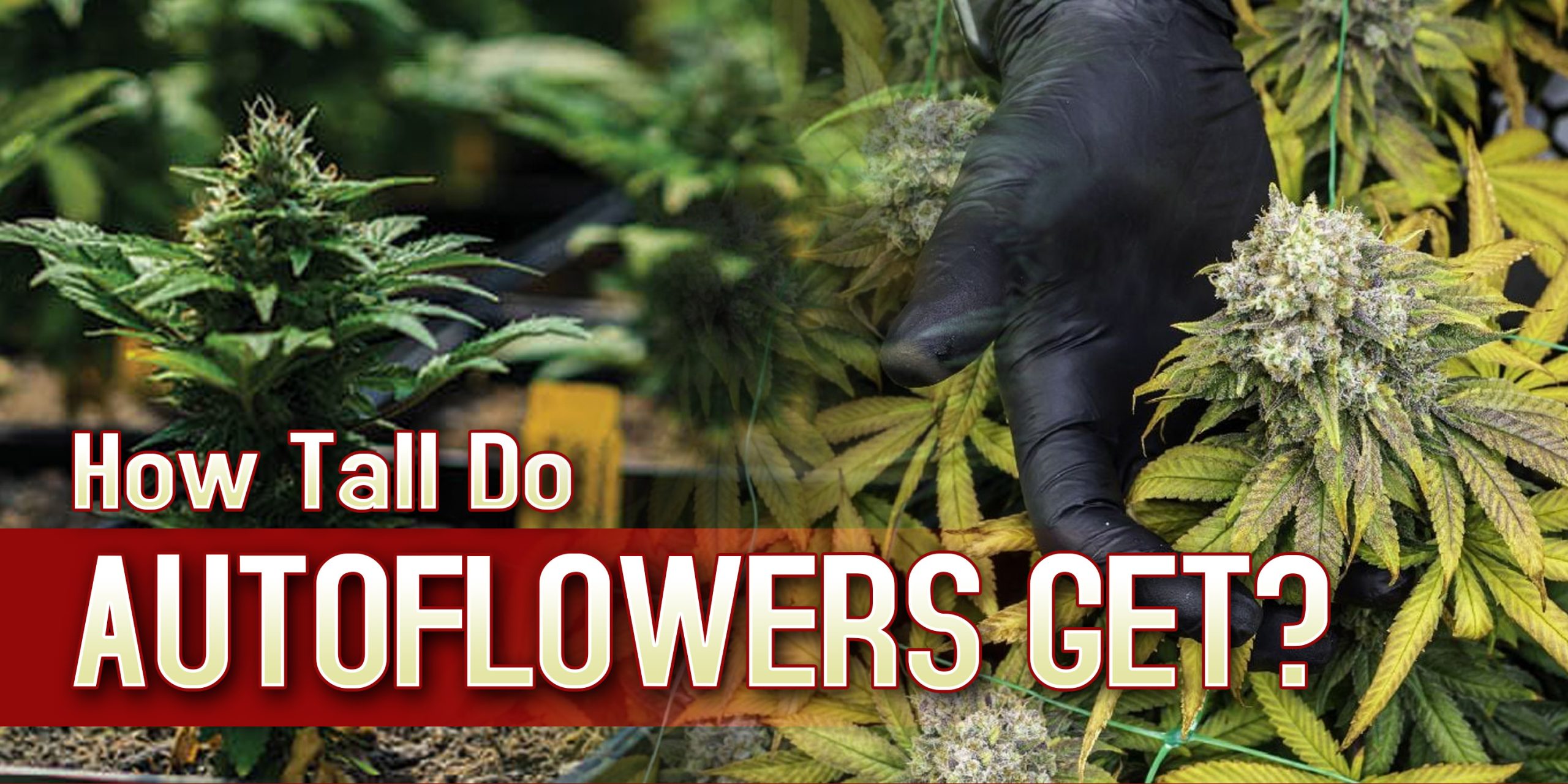


Table of Contents
ToggleFor anyone looking to grow autoflowers, understanding how much space they need is crucial for fostering a healthy environment. Typically, these plants fall within the 50 to 100 cm range, but some strains like Orange Sherbet Auto or Original Auto Amnesia Haze can surprise you by stretching up to 150 cm. Grasping the delicate balance of factors like the environment, genetics, and cultivation methods is key to getting the best results.
As you move further into the vegetative stage of growth, understanding the trajectory becomes more complicated. Though precise predictions are hard to come by, a general rule of thumb indicates that a plant typically reaches 40-60% of its final height during this phase. The importance of choosing the right strain becomes clearer when you compare the growth patterns of different strains, as seen in the contrast between Amnesia Haze Auto and Afghan Kush Auto.
As plants enter the flowering stage, they persist in growing while maintaining the height differences. Acknowledging the distinct traits of various strains, a general guideline indicates that plants tend to grow approximately 40-60% during the vegetative phase and the remaining 60-40% during flowering.
Crafting the perfect environment for autoflowers requires careful attention to detail, including maintaining temperatures between 20-25 degrees Celsius and a relative humidity of 50-70%. While these recommendations provide a starting point, it’s essential to recognize that each strain may respond uniquely. Therefore, keen observation is important to guarantee the flourishing of each plant.
Dealing with minor concerns like climate control, bug issues, pH levels, and watering frequency isn’t just a task; it’s a duty for any careful cultivator. Taking prompt action, such as tweaking humidity or improving air circulation, can solve these problems, averting hindered growth and guaranteeing a strong yield.
The size of the pot, the distance of the light, the cycle, and the nutrients are the key factors that make up the foundation influencing the growth of autoflowers.
Choosing a Pot Size
Choosing the right pot size is a critical factor in determining the size and potential yield of your autoflowering plant. Guidelines, like using a 7L pot for plants up to 60cm, an 8-10L pot for those up to 100cm, and a 12L pot for plants exceeding 100cm, offer an initial suggestion. However, it’s important to note that these are approximations, and adjustments may be needed based on the specific characteristics of each strain.
Light Distance and Cycle
The choice of lighting, whether CFL, HID, or LED, holds significant importance. Keeping an ideal distance and cycle for the lights is crucial to avoid problems like stretching or heat burns. Strictly following the manufacturer’s guidelines and making necessary adjustments based on the plant’s developmental stages ensures that the lights are positioned optimally for each phase of growth.
Nutrients for Autoflowers
Maintaining a balanced nutrient supply is a delicate yet crucial element of successful cultivation. Whether choosing organic or synthetic nutrients, it’s essential to grasp their characteristics and how they affect plant health. The discussion on organic versus synthetic nutrients often centers around the trade-off between the gradual release of nutrients in organic options and the precise control provided by synthetic alternatives.
Knowing Low-Stress Training (LST) and High-Stress Training (HST) techniques gives growers the tools to shape plant structures effectively.
Gentle methods such as the tie-down technique and SCROGging offer cultivators choices to manage height while encouraging lateral growth. The tie-down method involves gently redirecting branches to promote a more horizontal growth pattern. SCROGging, on the other hand, utilizes screens to maintain a uniform canopy, maximizing exposure to light.
High-stress training (HST) techniques such as topping, fimming, super cropping, monster cropping, mainlining, and defoliation provide more intense options, but they are not universally suitable for autoflowers due to their fixed vegetative growth period.
Achieving successful cultivation requires a comprehensive understanding of these diverse factors. As living organisms, plants thrive when given careful attention and care. Caring for your autoflowers with affection and precision will undoubtedly result in a plentiful harvest. Keep in mind that experimentation and ongoing observation are essential for unlocking the full potential of your autoflower garden.
If you found this article informative, we encourage you to share your experiences and insights in the comments below. Your contributions will not only enhance the collective knowledge of the growing community but also promote a culture of shared learning. Happy growing!
Q: How often should I water my autoflowers?
A: Water your autoflowers when the top inch of the soil feels dry. Overwatering can harm the roots, so ensure proper drainage.
Q: Can I use regular garden soil for autoflowers?
A: It’s best to use a well-draining, nutrient-rich potting mix designed for cannabis. Regular garden soil may compact and hinder root growth.
Q: Are autoflowers suitable for beginners?
A: Yes, autoflowers are great for beginners. They’re more forgiving of mistakes, have a faster growth cycle, and don’t require strict light schedules.
Q: Do autoflowers need a specific light cycle during flowering?
A: Autoflowers can thrive in various light cycles, including 24/0, 18/6, or 12/12. Experiment, but ensure they get at least 4 hours of darkness for optimal results.
Q: How do I prevent pests in my autoflower garden?
A: Regularly inspect your plants for pests. Maintain a clean environment, use natural pest controls if needed, and never apply them during flowering to preserve bud quality.


Best Selling
Feminized Seeds
Regular Seeds
Customer Help
WE SELL MARIJUANA SEEDS IN THE USA

Are You 18 Or Over?
YesOr
No By clicking yes, you certify that you are over 18. By using this website, you agree to our legal disclaimer.